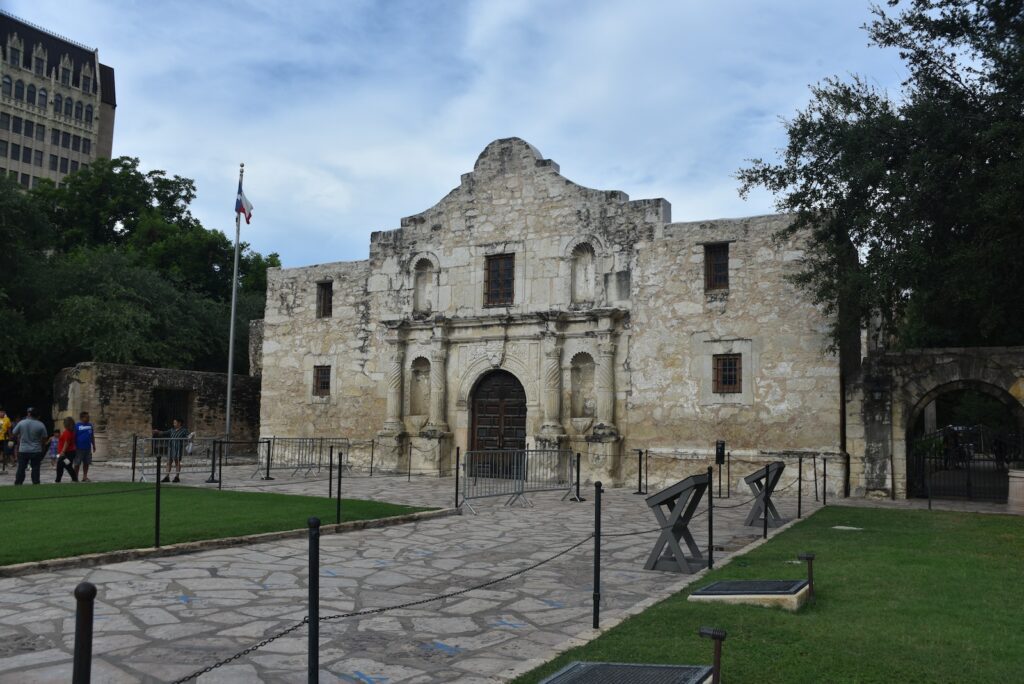
Exploring the Rich History of Texas Hill Country
Texas Hill Country is a region located in central Texas, known for its scenic beauty, diverse wildlife, and rich history. The region is home to numerous historical landmarks that offer a glimpse into the past, from the days of the Native Americans to the early settlers and beyond. A journey through the Texas Hill Country is an opportunity to explore these landmarks and learn about the people and events that shaped the region.
The region is home to several historical landmarks that offer a glimpse into the past. Two major landmarks include the Alamo, which played a crucial role in the Texas Revolution, and the Lyndon B. Johnson National Historical Park, which honors the life and legacy of the 36th President of the United States.
Early Settlements of Texas Hill Country
Texas Hill Country has a rich history of early settlements, with German pioneers and Mexican rancheros being the most notable.
German Pioneers
In the mid-19th century, German immigrants began settling in Texas Hill Country, bringing with them their culture, traditions, and architecture. They established towns such as Fredericksburg, Boerne, and New Braunfels, which still retain their German heritage to this day. The Germans also introduced agriculture to the region, growing crops such as peaches, grapes, and pecans.
Mexican Rancheros
Before the arrival of the Germans, the Texas Hill Country was inhabited by Mexican rancheros. They established ranches and settlements throughout the region, raising cattle and sheep. Many of the rancheros were descendants of Spanish colonists who had settled in Mexico and brought their culture and traditions to Texas. The Mexican influence can still be seen in the architecture, food, and music of Texas Hill Country.
Notable Historical Landmarks
Texas Hill Country is home to a number of historical landmarks that provide a glimpse into the past. Here are some of the most notable:
The Alamo
The Alamo is a UNESCO World Heritage Site and a symbol of Texas’ struggle for independence. The mission was originally built in the 18th century by Spanish missionaries and was later used as a military fort during the Texas Revolution. The Battle of the Alamo, which took place in 1836, is one of the most famous battles in American history.
Lyndon B. Johnson National Historical Park
The Lyndon B. Johnson National Historical Park is a tribute to the 36th President of the United States. The park includes the LBJ Ranch, which was the President’s home and working cattle ranch. Visitors can take a guided tour of the ranch and see the President’s birthplace, his boyhood home, and the Johnson family cemetery.
Enchanted Rock State Natural Area
Enchanted Rock is a massive pink granite dome that rises 425 feet above the surrounding landscape. The rock has long been a sacred site to the indigenous people of the area and is now a popular destination for hikers and rock climbers. The park also includes several miles of hiking trails and a campground for overnight stays.
Architectural Highlights
Texas Hill Country is home to many historical landmarks, including several architectural gems. Visitors can explore a variety of structures, from pioneer farmsteads to historic courthouses.
Pioneer Farmsteads
The pioneer farmsteads of Texas Hill Country offer a glimpse into the lives of early settlers. These structures were built by hand using local materials, such as limestone and cedar. Visitors can see the craftsmanship of these early builders in the walls, floors, and roofs of these homes.
One of the most notable pioneer farmsteads in the area is the Lyndon B. Johnson State Park and Historic Site. Here, visitors can tour the Johnson family’s original home, which was built in 1869. The home has been restored to its original condition, complete with period furnishings and artifacts.
Historic Courthouses
Texas Hill Country is home to several historic courthouses, many of which date back to the late 1800s. These structures are not only beautiful, but they also serve as a reminder of the importance of justice and democracy.
One of the most impressive courthouses in the area is the Blanco County Courthouse. Built in 1885, this courthouse features a stunning clock tower and intricate stonework. Visitors can tour the building and learn about its history and significance to the community.
Overall, the architectural highlights of Texas Hill Country offer a unique glimpse into the past. Visitors can explore these structures and learn about the people and events that shaped the region.
Cultural Impact
Texas Hill Country has a rich cultural history that has shaped the region into what it is today. The area has been inhabited by various Native American tribes, including the Apache, Comanche, and Tonkawa. The arrival of Spanish explorers and settlers in the 16th century brought a new wave of cultural influence to the area.
The cultural impact of Texas Hill Country can be seen in the region’s architecture, cuisine, and music. The German and Czech immigrants who settled in the area in the 19th century brought with them their unique traditions, which are still evident today. The region is known for its German-style beer gardens, sausage-making, and kolaches.
The music of Texas Hill Country is also an important part of the region’s cultural heritage. The area is known for its unique style of country music, which combines elements of blues, folk, and western swing. The region has produced many famous musicians, including Willie Nelson, Stevie Ray Vaughan, and George Strait.
Overall, the cultural impact of Texas Hill Country is significant and continues to influence the region today. The area’s rich history and traditions are celebrated and preserved through various cultural events and festivals throughout the year.
Preservation and Conservation Efforts
Preserving and conserving historical landmarks is crucial to maintaining a connection with the past while ensuring that future generations can appreciate and learn from these sites. Texas Hill Country is home to several historical landmarks that have been preserved through the efforts of various organizations and individuals.
One such organization is the Texas Historical Commission (THC), which oversees the preservation of historical sites throughout the state. The THC has designated several sites in Texas Hill Country as historical landmarks, including the LBJ Ranch, the Alamo, and the Fredericksburg Historic District.
In addition to the THC, local organizations and individuals have also played a significant role in preserving historical landmarks in Texas Hill Country. For example, the Friends of the LBJ National Historical Park have worked tirelessly to preserve the LBJ Ranch, which was the home of President Lyndon B. Johnson.
Efforts to conserve historical landmarks in Texas Hill Country have also included the restoration of buildings and structures. The Gillespie County Historical Society, for instance, has restored several buildings in the Fredericksburg Historic District, including the Vereins Kirche Museum and the Pioneer Museum.
Overall, the preservation and conservation efforts in Texas Hill Country have ensured that these historical landmarks remain accessible and relevant to visitors and locals alike.
Conclusion
In conclusion, the Texas Hill Country is a region rich in history and culture. Its historical landmarks provide a glimpse into the past and offer visitors a chance to learn about the people and events that shaped the region. From the Alamo to the LBJ Ranch, there are many sites to explore and discover. Whether you are a history buff or just looking for a fun day trip, the Texas Hill Country has something for everyone. With its scenic beauty, friendly people, and rich history, it is no wonder that this region is a popular destination for tourists from all over the world.



